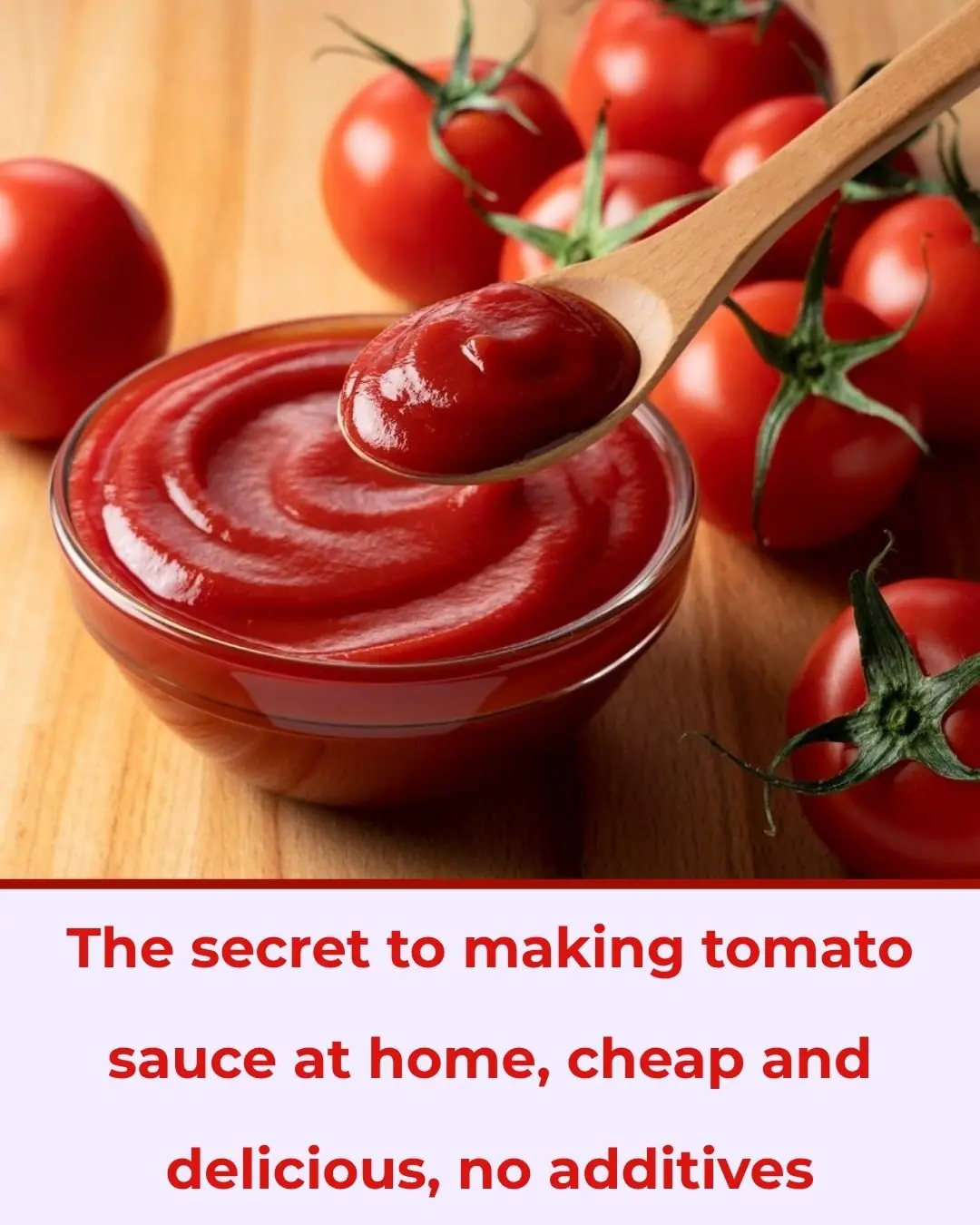
Stop using these 10 dangerous food containers
In modern kitchens, convenience often takes precedence over safety. The widespread use of food containers made from plastic, metal, and even certain ceramics has become a routine part of daily life — yet few people realize the potential health risks they pose. From quick leftovers in the microwave to storing sauces in plastic tubs, the materials we use can quietly leach harmful chemicals into our meals. Understanding these risks is essential for anyone who wants to make safer, more informed choices about food storage, heating, and consumption.
Many of these containers are popular because they’re inexpensive, lightweight, and easy to clean. However, an increasing body of scientific evidence shows that some of these everyday materials release toxins when exposed to heat, acidity, or prolonged storage. This article examines eleven commonly used yet potentially hazardous food containers, explaining the dangers they pose and offering practical, safer alternatives for a healthier kitchen.
1. Plastic Wrap in the Microwave: A Hidden Chemical Cocktail
Plastic wrap is often used to cover food in the microwave for its convenience, but when exposed to heat, it can release harmful chemicals such as phthalates and dioxins. These substances are known endocrine disruptors that interfere with hormonal balance and may contribute to fertility issues and developmental disorders.
Studies have found that heating plastic wrap can dramatically increase chemical migration into food — some estimates suggest that up to 90% of household wraps contain at least one hazardous compound. The danger is even greater when the wrap touches fatty or oily foods, as fats can absorb these chemicals more readily.
Safer solution: Use microwave-safe glass or ceramic containers with lids instead. If you must use plastic, make sure it’s clearly labeled “microwave-safe,” and keep it from directly contacting your food.
2. Styrofoam for Hot Foods: A Toxic and Outdated Choice
Styrofoam (expanded polystyrene) remains popular for takeout boxes and coffee cups due to its low cost and heat insulation. However, when it comes into contact with hot or greasy food, it can release styrene, a suspected human carcinogen.
Regular exposure to styrene has been linked to headaches, fatigue, hormonal imbalances, and even nervous system damage. Hot soups, fried foods, and acidic drinks significantly increase the leaching effect.
Better alternative: Choose paper-based, compostable, or biodegradable containers instead. Many restaurants now offer eco-friendly packaging that is both safer for your health and kinder to the environment.
3. Non-Food Jars: The Illusion of Cost Efficiency
Repurposing jars from candles, lotions, or decorative products might seem resourceful, but it’s risky. These jars are not manufactured to food-grade standards and may contain industrial coatings, heavy metals, or residual fragrances that can contaminate food.
Safer choice: Use containers specifically labeled food-safe. Mason jars and food-grade glass storage containers are designed to handle temperature changes and prevent chemical leaching, ensuring that your stored food stays uncontaminated.
4. Scratched Plastic Containers: A Breeding Ground for Bacteria
Over time, plastic containers develop scratches and abrasions that trap bacteria and food particles, creating an ideal environment for microbial growth. These damaged surfaces can also accelerate chemical leaching from the plastic itself, particularly if the container is repeatedly heated.
Tip: Replace plastic containers at the first sign of wear, and consider switching to glass or stainless steel, which are far more durable and hygienic.
5. Old Plastic Containers: BPA and Phthalate Time Bombs
Older plastics — especially those made before BPA regulations took effect — can contain bisphenol A (BPA) and phthalates, both linked to hormonal disruption, reproductive harm, and developmental issues in children. Even BPA-free plastics may contain similar chemicals, such as BPS, that pose comparable risks.
Recommendation: Gradually phase out old containers and replace them with glass, stainless steel, or certified BPA-free options. Look for containers labeled “food-grade” and “non-toxic.”
6. Aluminum Foil and Acidic Foods: A Recipe for Metal Contamination
Aluminum foil reacts with acidic foods like tomatoes, vinegar, and citrus fruits, causing metal leaching into the food. While small amounts of aluminum are generally safe, chronic exposure has been linked to neurological issues and Alzheimer’s disease.
Better approach: Use parchment paper, silicone wraps, or glass storage for acidic dishes. If foil is necessary, place a layer of parchment between the foil and the food.
7. Ceramic Containers with Lead Glaze: A Silent Poison
Ceramic containers with bright glazes or decorative finishes may contain lead, especially those imported from countries with lax regulations. When cracked or chipped, these glazes can leach lead into food, potentially causing lead poisoning — a serious condition that can impair brain development and organ function.
Safety tip: Only use ceramics labeled lead-free or compliant with FDA food-safety standards. Opt for plain, unglazed ceramics or those made by reputable manufacturers.
8. Recycled Plastics: Unknown Chemical Origins
While recycling supports environmental goals, recycled plastics used for food storage may contain unidentified chemical residues from their previous uses. Without strict control, contaminants such as solvents or industrial oils can remain in the material.
To stay safe: Choose containers clearly labeled “made from food-grade recycled plastic.” Better yet, stick to glass or stainless steel, which are endlessly reusable and chemically stable.
9. Single-Use Plastic Bottles: The Microplastic Menace
Single-use plastic bottles (PET) are designed for temporary use only. When reused or exposed to heat, they release microplastics and chemical additives into beverages. Research has detected microplastic particles in bottled water, and some studies suggest links to inflammation, hormonal disruption, and even cancer risks.
Healthier option: Invest in a reusable stainless steel or glass water bottle. They’re more durable, temperature-stable, and better for the planet.
10. Unlabeled Containers: The Danger of the Unknown
Using unlabeled containers — especially those bought in bulk or without packaging — poses a serious health risk. Without a “food-safe” label, there’s no way to confirm the material’s composition or whether it contains toxic substances like formaldehyde or bisphenol derivatives.
Simple rule: If a container isn’t clearly labeled as food-safe, don’t use it for food storage. Your health is worth more than the convenience.
11. Painted Glass Jars: Heavy Metals Hiding in Plain Sight
Glass is often considered one of the safest materials for food storage, but painted or decorated jars can be problematic. Some paints and pigments, especially older ones, contain lead or cadmium, which can leach into food and cause kidney damage, bone weakness, or developmental disorders in children.
Safer alternative: Use clear, unpainted glass jars or those specifically labeled as free from heavy metals. Enamel-baked designs that are sealed under heat can also be safe and long-lasting.
Final Thoughts: Building a Safer Kitchen
Convenience shouldn’t come at the expense of your health. The containers we use daily can quietly introduce toxins into our food, but with awareness and simple changes — such as switching to glass, stainless steel, and certified food-safe materials — you can significantly reduce your exposure.
Small choices, repeated every day, make a profound difference. By prioritizing safety over convenience, you can protect your health, your family, and the environment — one container at a time.
News in the same category


The garden has 4 plants. Rắn mê loves them so much, but if you want the whole family to be safe, you should pull them out immediately.

Stop cleaning with these 10 kitchen mistakes

Tips to help hair grow faster, reduce hair loss, and make it shiny by washing your hair with beer
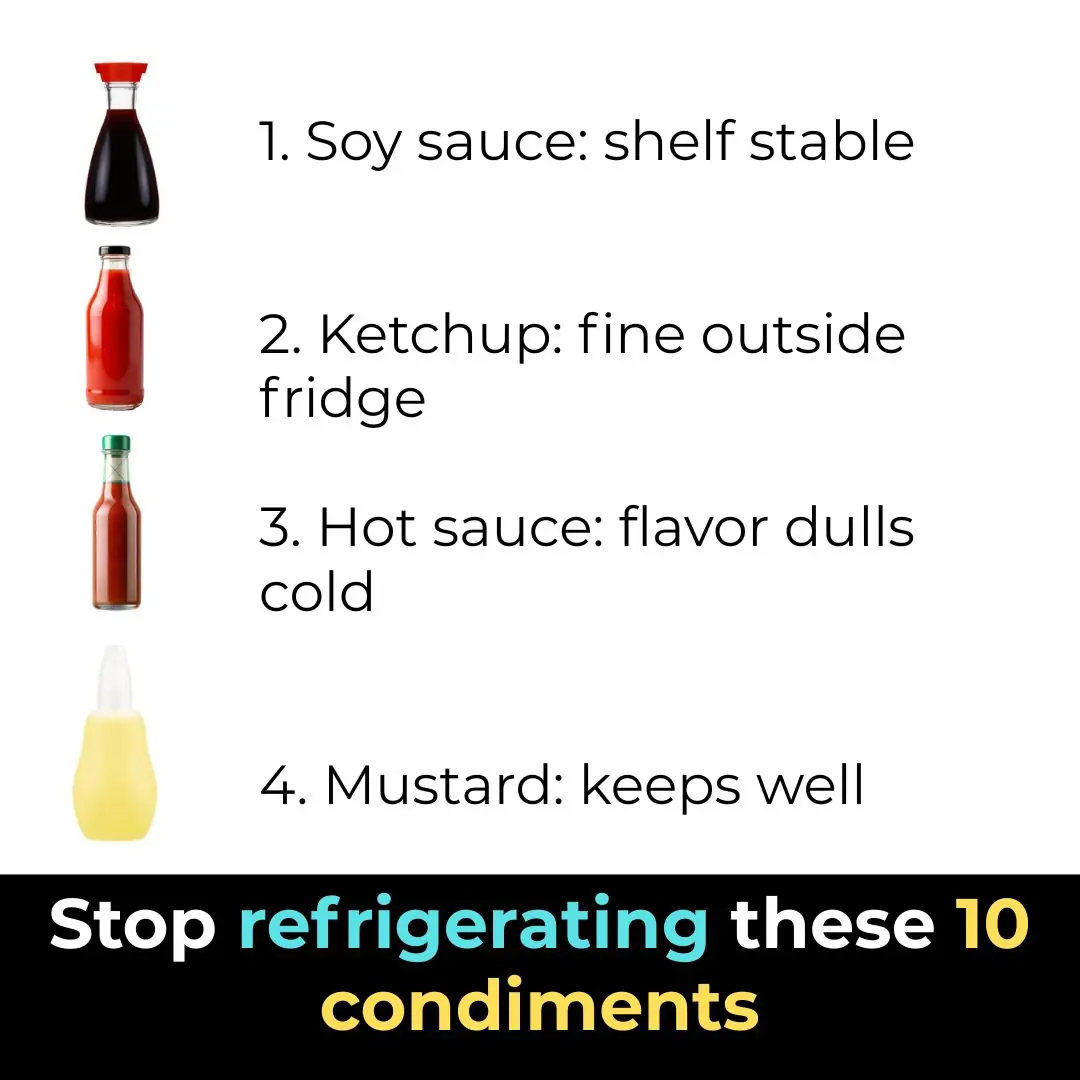
Stop refrigerating these 10 condiments

Put an empty plastic bottle in the washing machine, I admit the person who came up with this trick has a "top notch" IQ
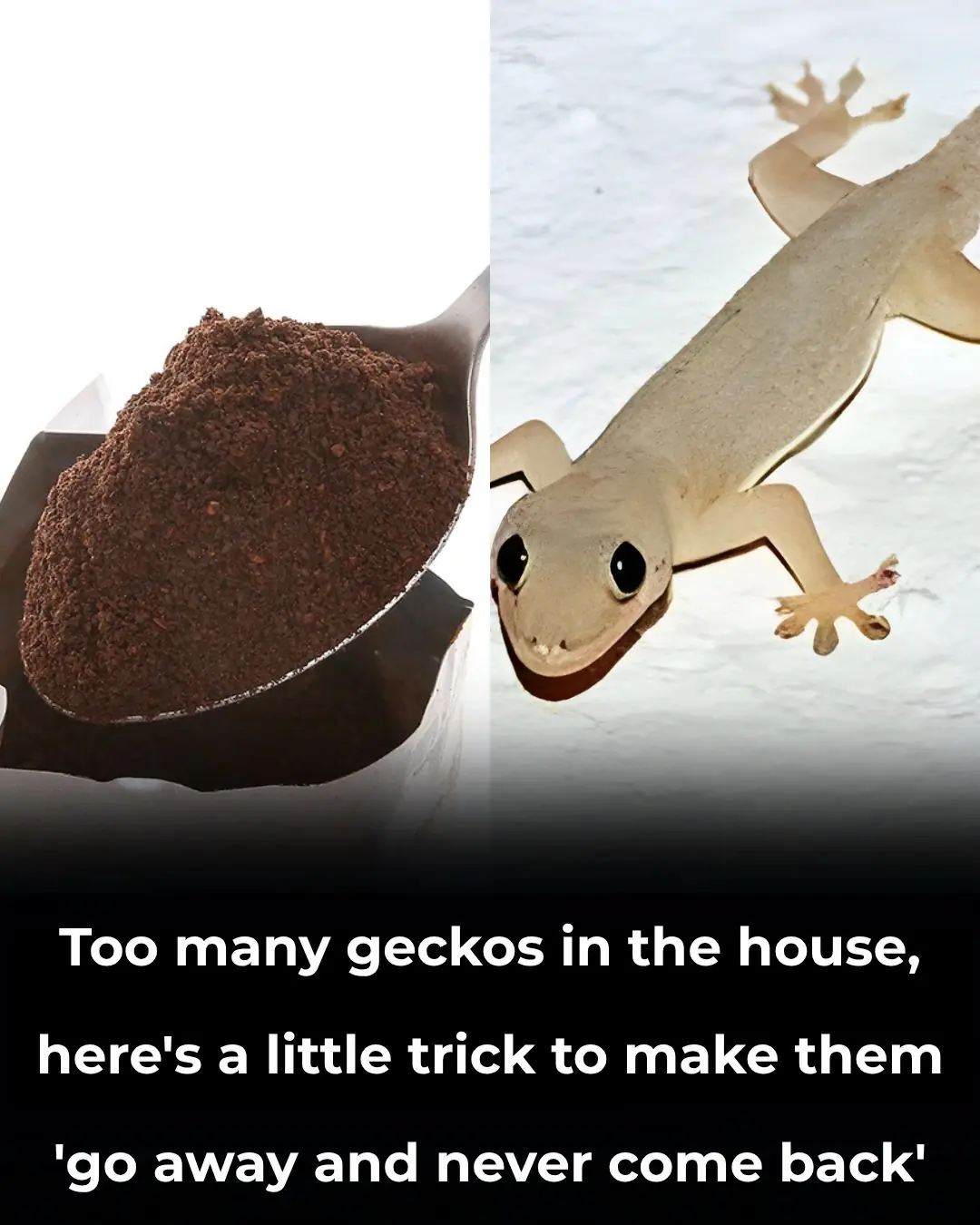
Too many geckos in the house, here's a little trick to make them 'go away and never come back'
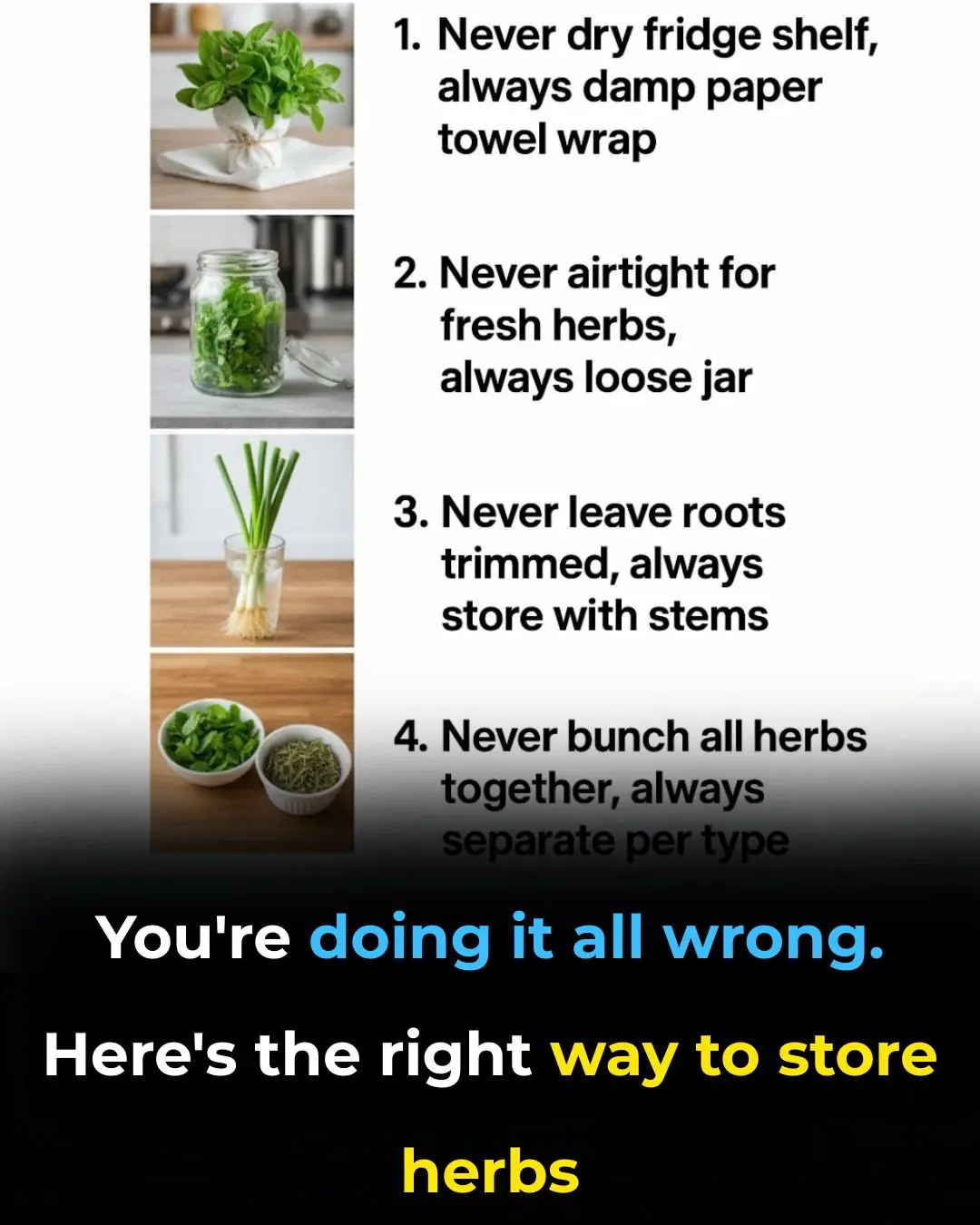
You're doing it all wrong. Here’s the right way to store herbs
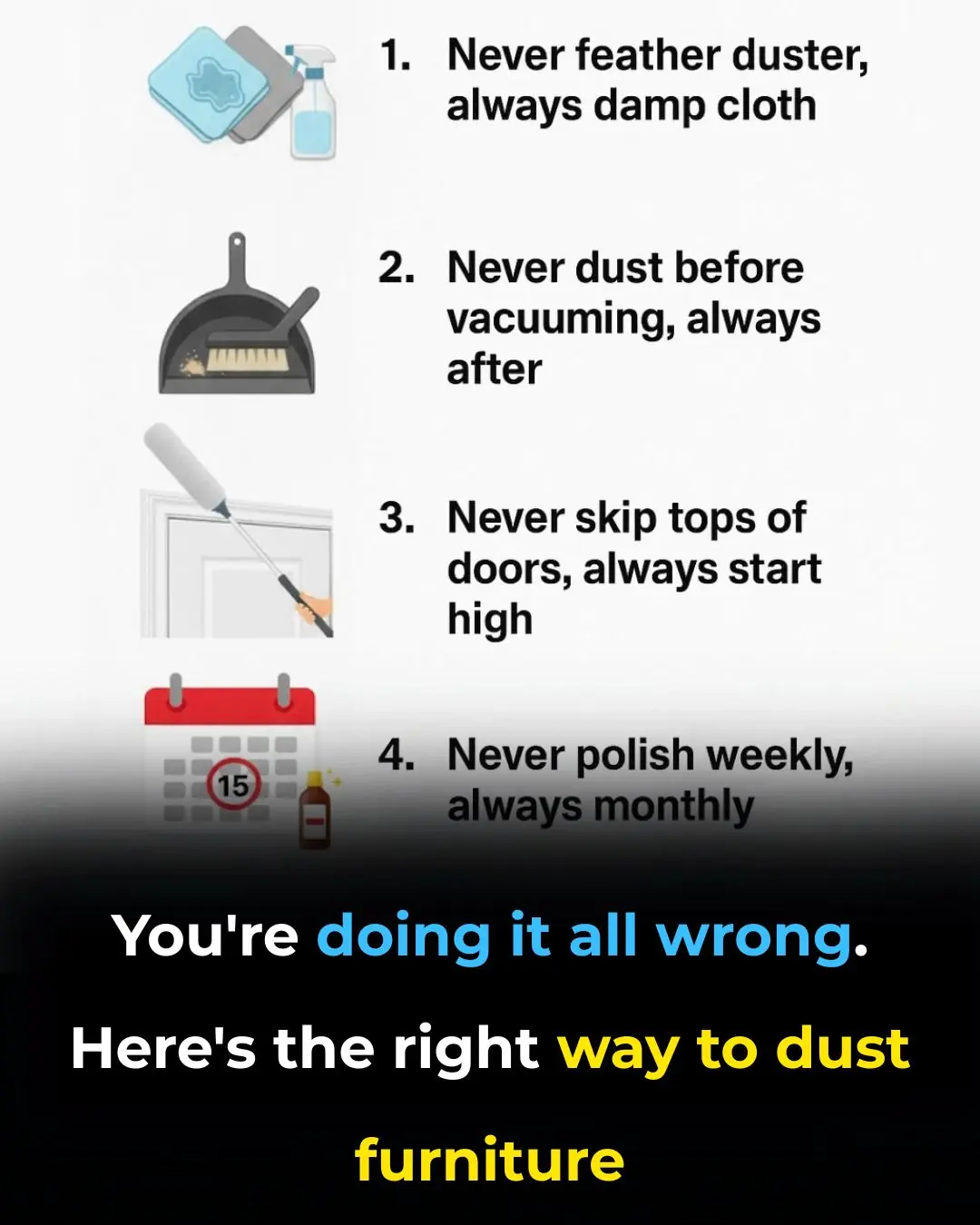
You’re doing it all wrong. Here’s the right way to dust furniture
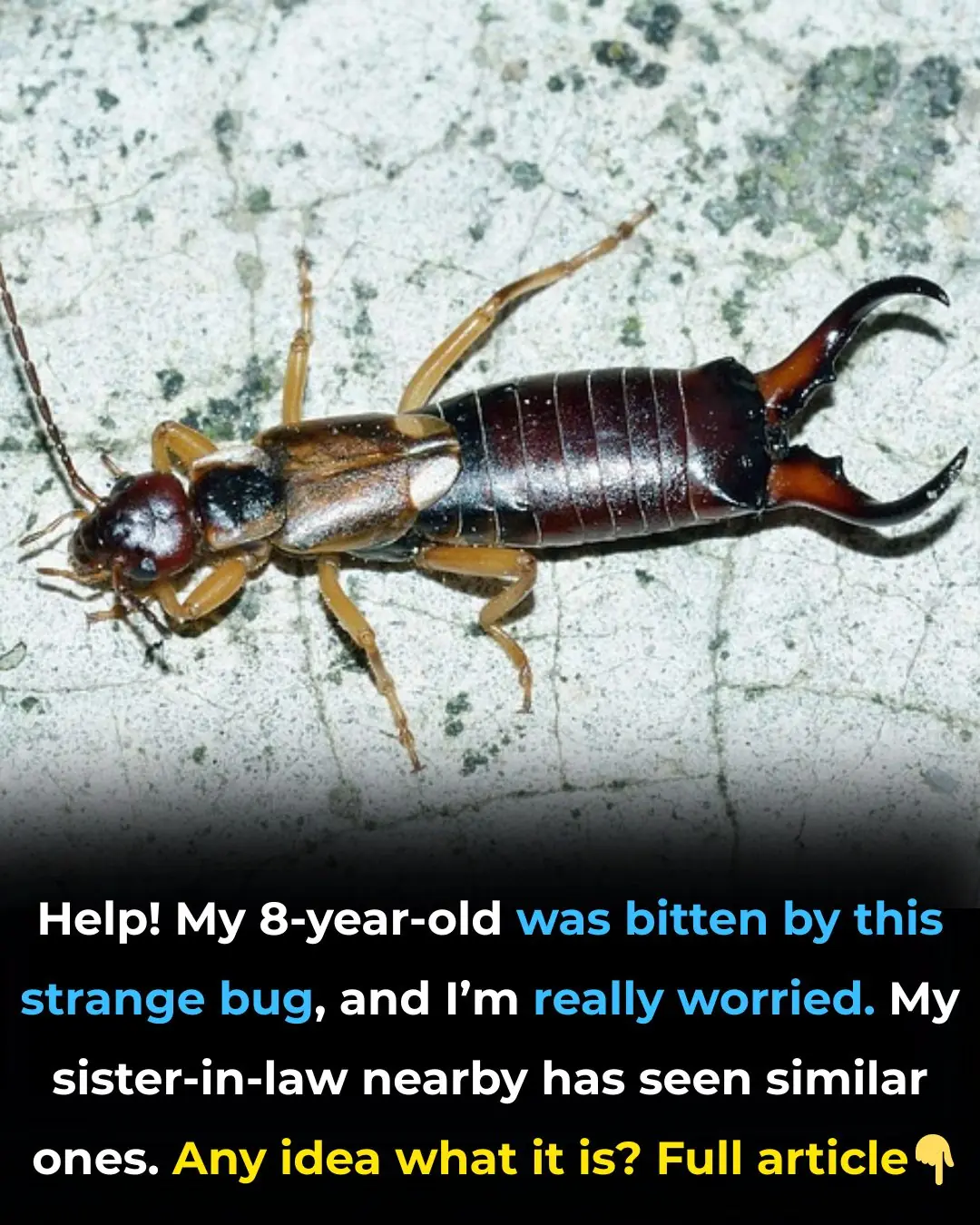
Help! My 8-year-old was bitten by this strange bug, and I’m really worried. My sister-in-law nearby has seen similar ones. Any idea what it is?
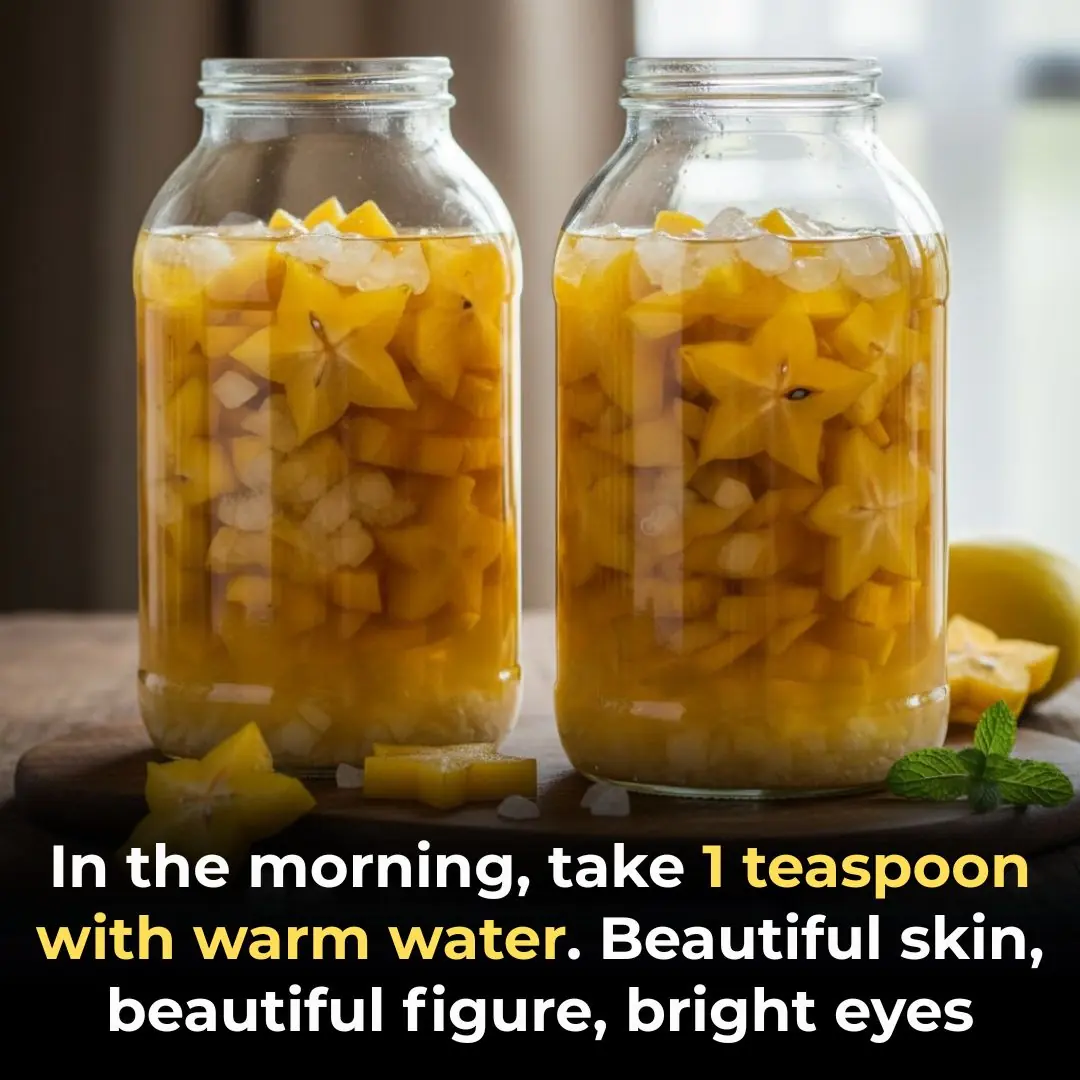
Seeing that my neighbor had a jar of sour star fruit soaked in rock sugar, I asked him to find out how many uses it has
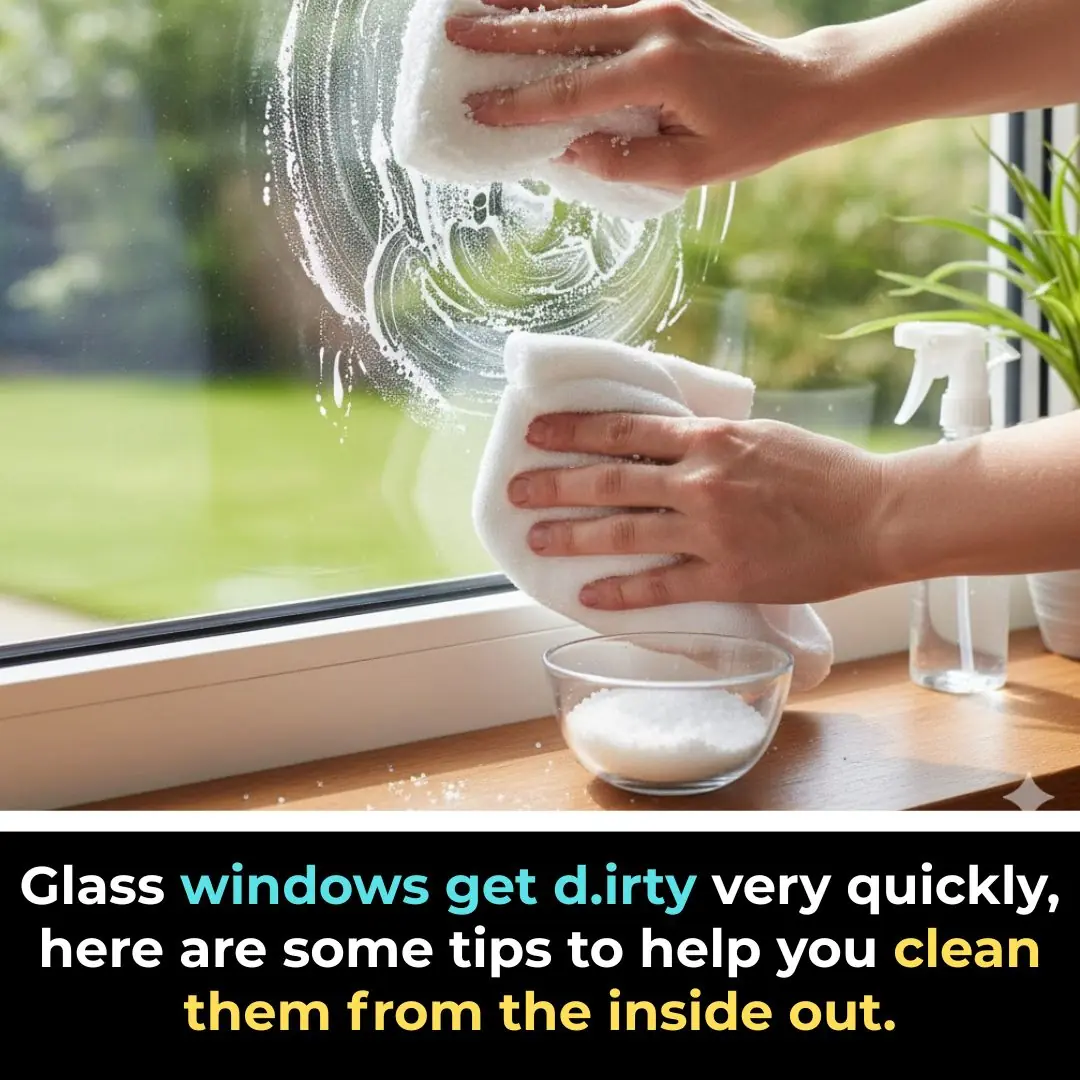
Glass windows get dirty very quickly, here are some tips to help you clean them from the inside out.
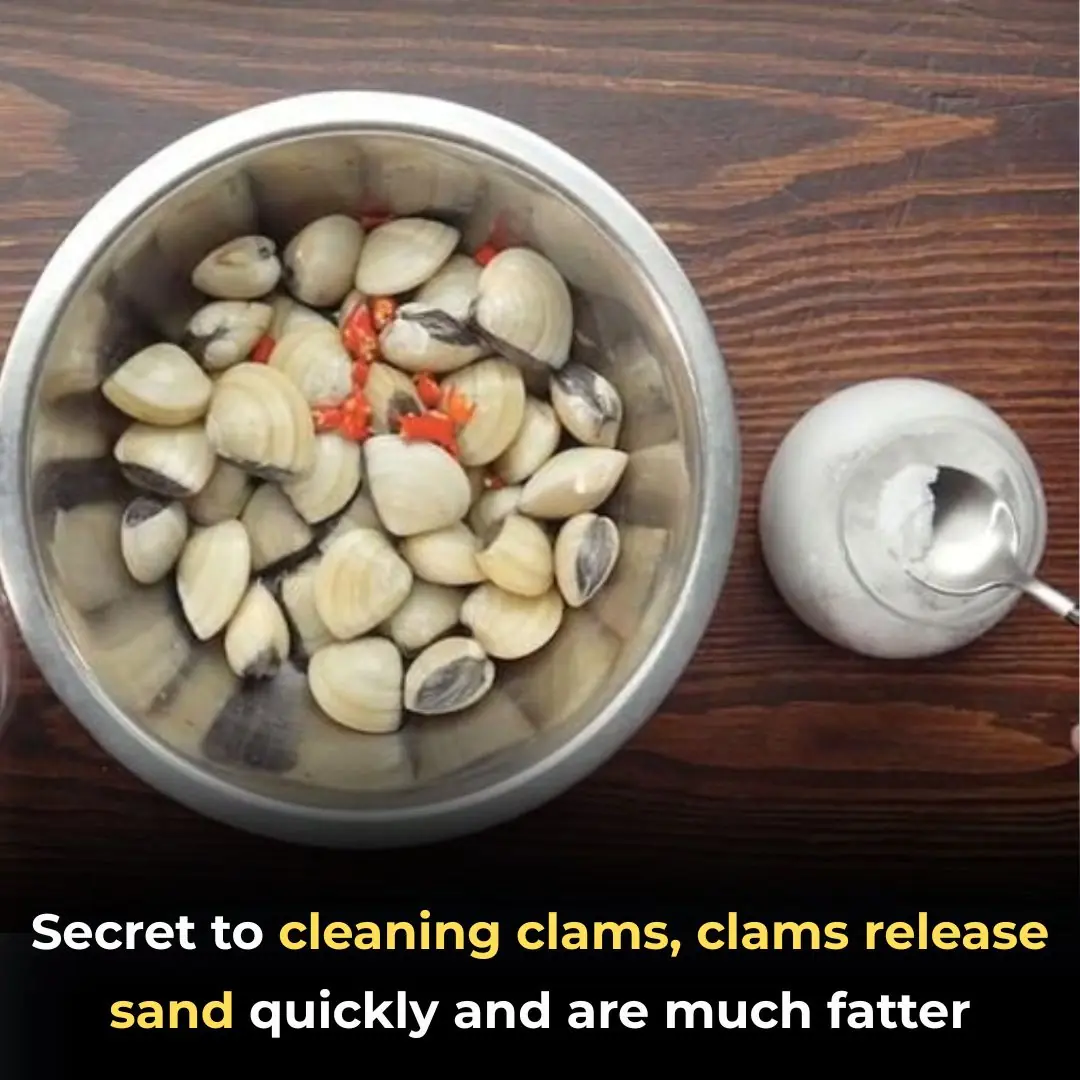
Secret to cleaning clams, clams release sand quickly and are much fatter
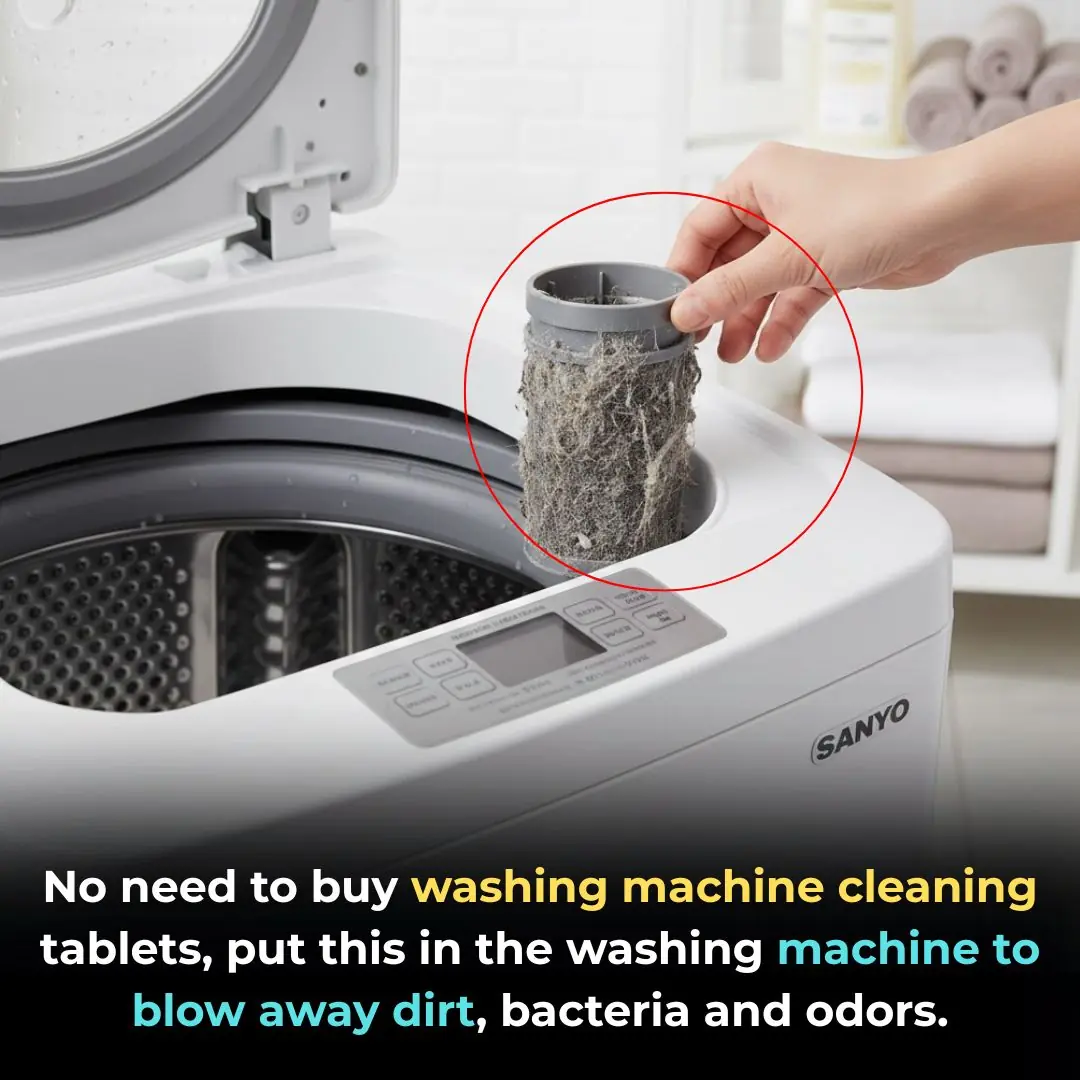
No need to buy washing machine cleaning tablets, put this in the washing machine to blow away dirt, bacteria and odors.

Roast sweet potatoes at home with a rice cooker or air fryer and they still have the same fragrant aroma as grilled on charcoal thanks to this secret.
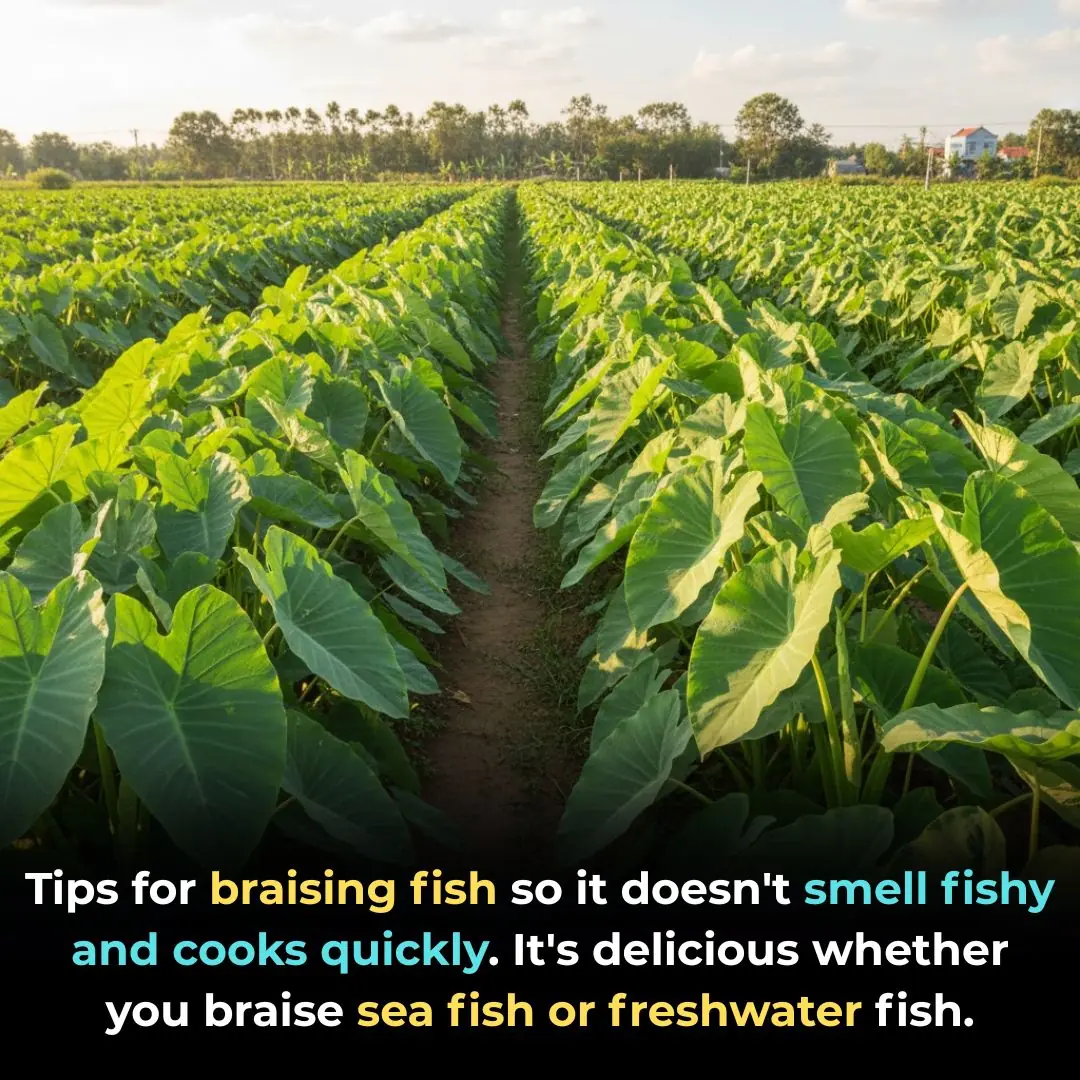
Tips for braising fish so it doesn't smell fishy and cooks quickly. It's delicious whether you braise sea fish or freshwater fish.
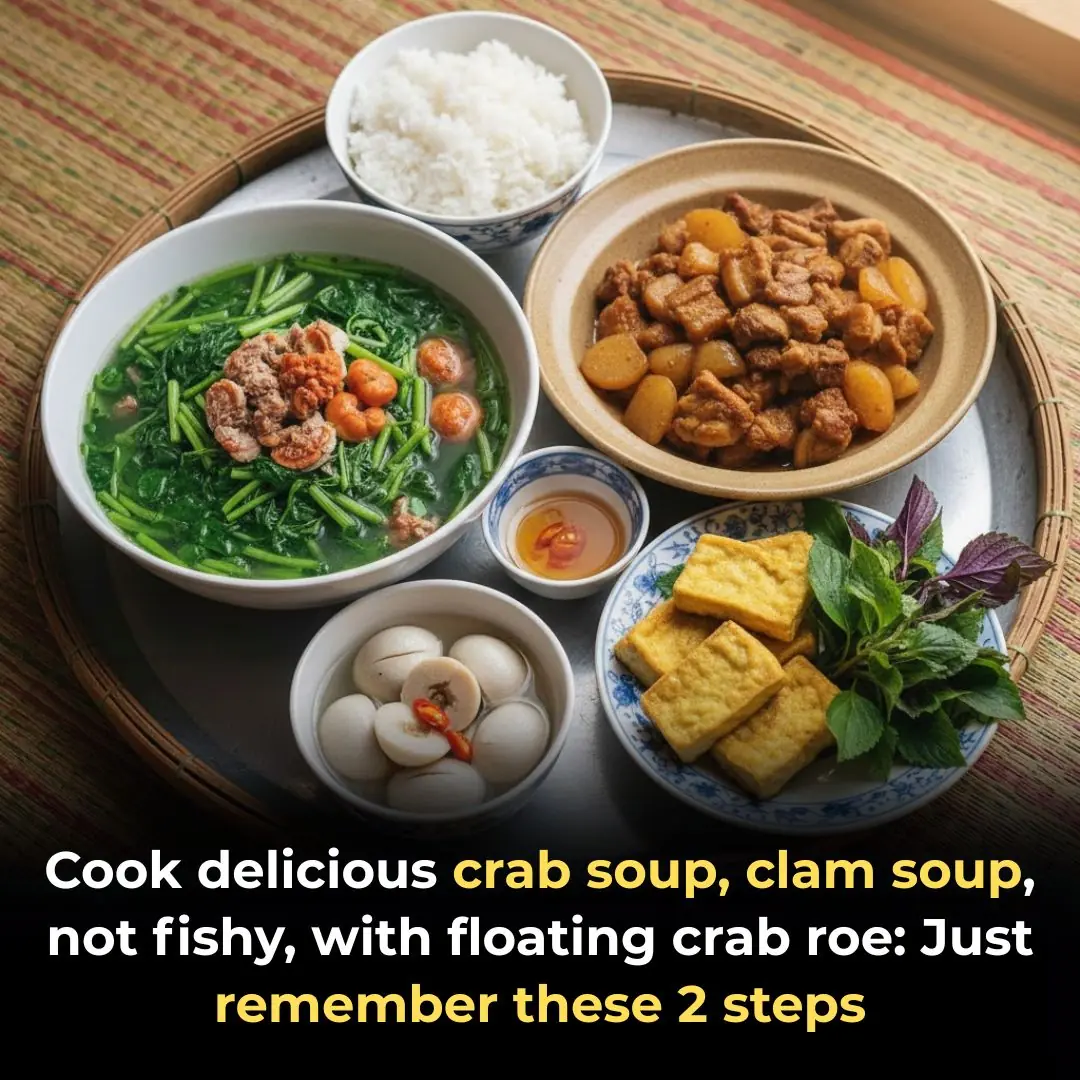
Cook delicious crab soup, clam soup, not fishy, with floating crab roe: Just remember these 2 steps
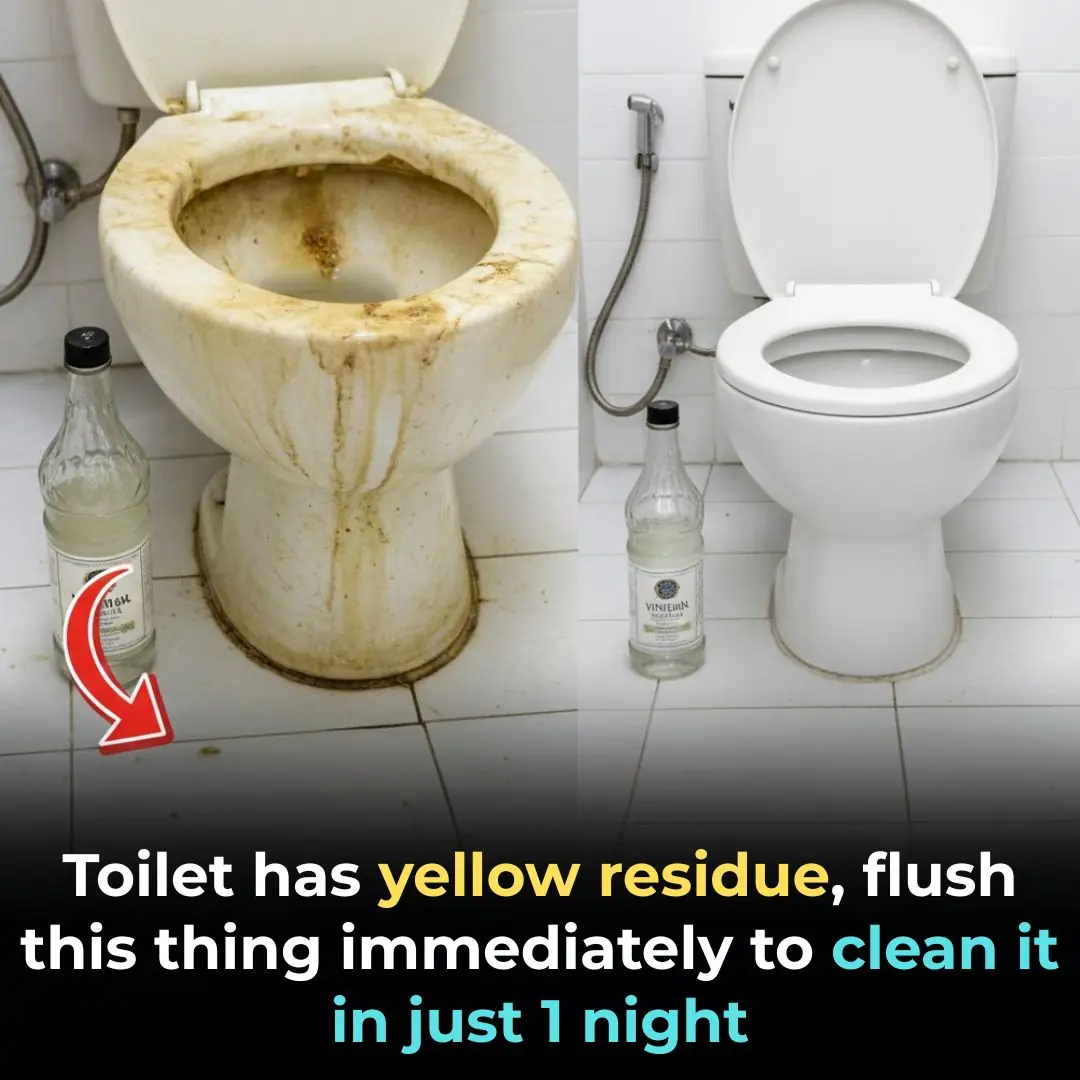
Toilet has yellow residue, flush this thing immediately to clean it in just 1 night

Stop buying these 10 cleaning scams
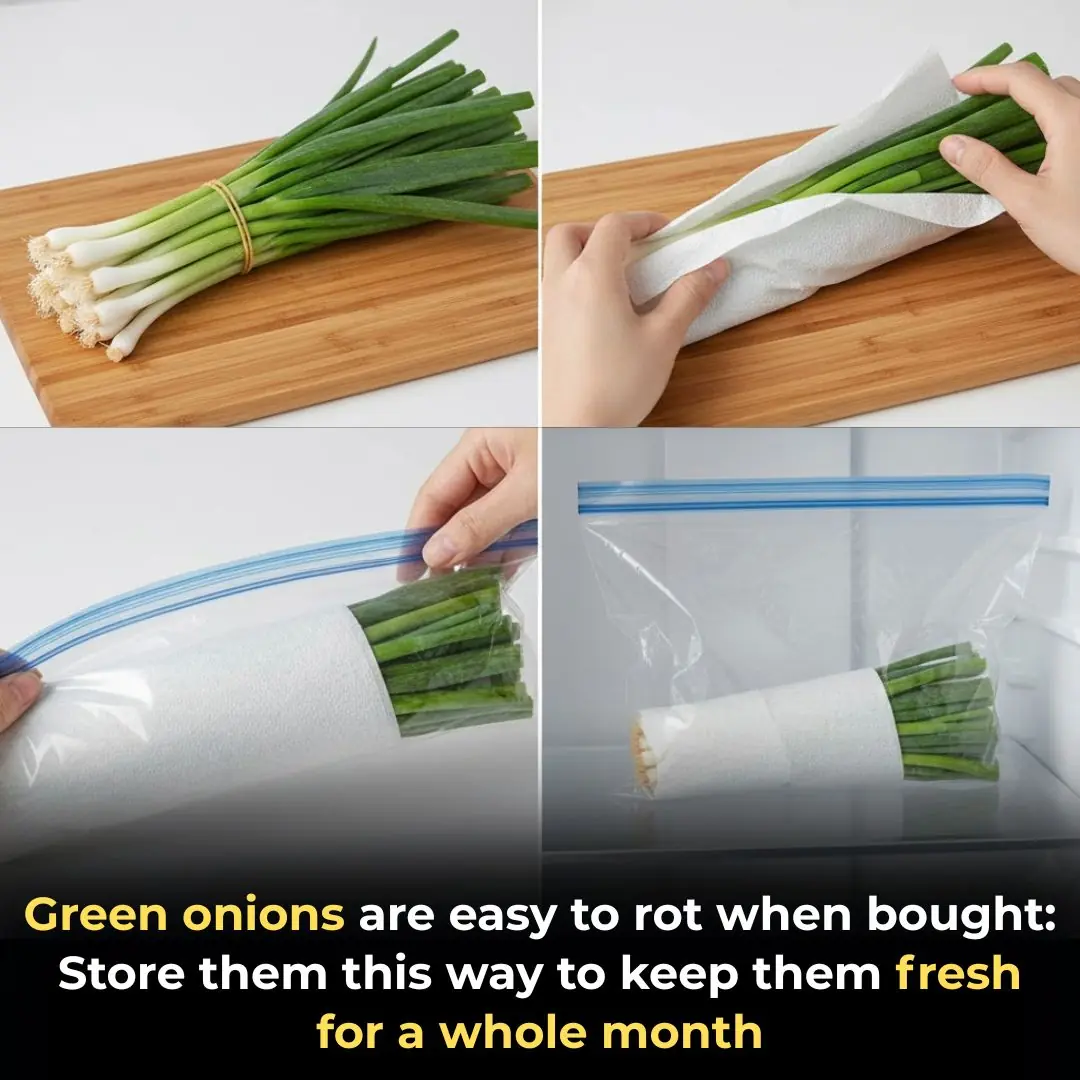
Green onions are easy to rot when bought: Store them this way to keep them fresh for a whole month
News Post

Saw This Trick For Oven Cleaning
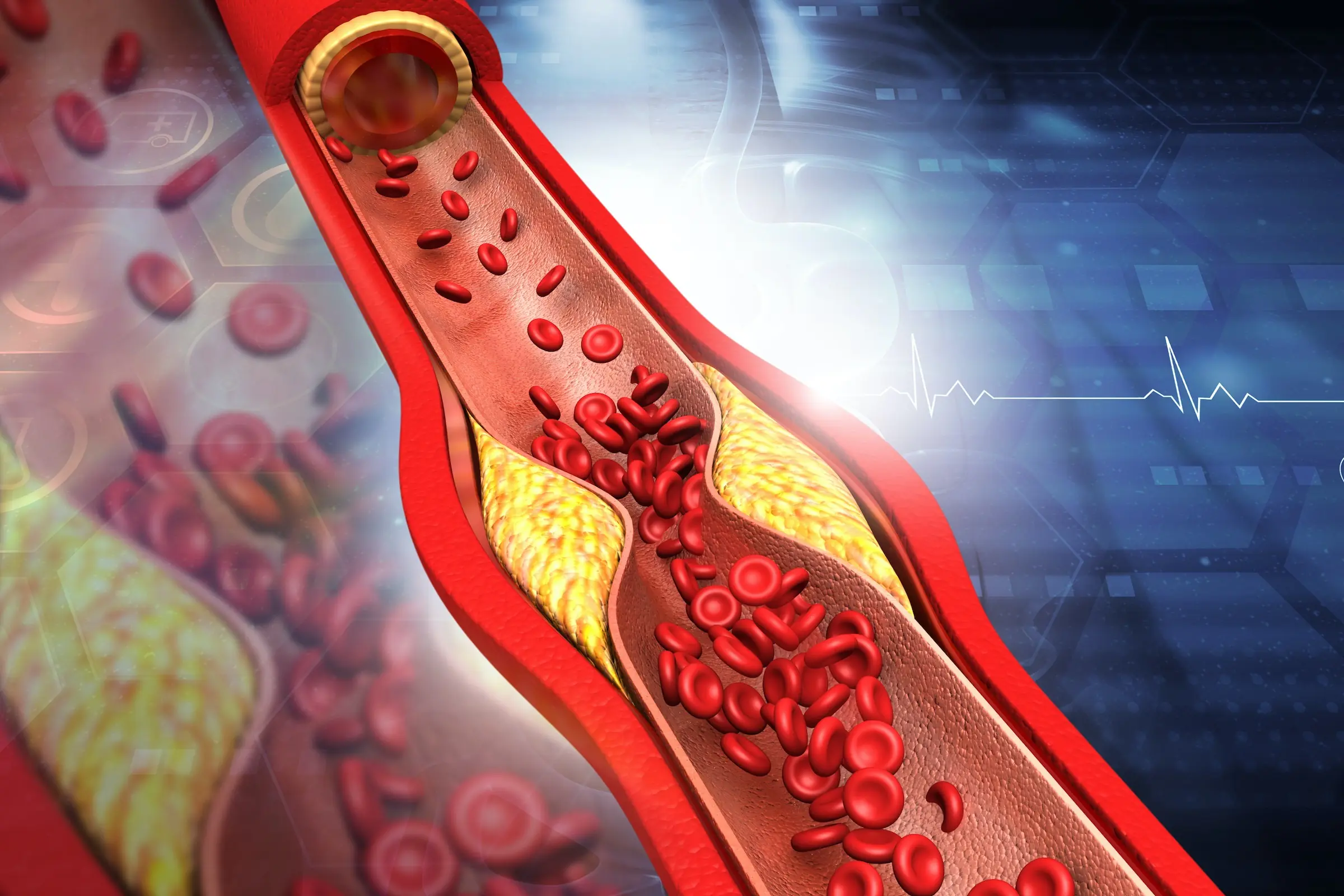
I Refused Cholesterol Meds and Tried This Instead — The Results Surprised Me

The Woman Next Door Who Saved a Little Girl’s Heart.

Japanese Secret to Erase Wrinkles | Rice & Clove Anti-Aging Remedy

The secret to making tomato sauce at home, cheap and delicious, no additives

The garden has 4 plants. Rắn mê loves them so much, but if you want the whole family to be safe, you should pull them out immediately.

Stop cleaning with these 10 kitchen mistakes

Tips to help hair grow faster, reduce hair loss, and make it shiny by washing your hair with beer

Stop refrigerating these 10 condiments

Put an empty plastic bottle in the washing machine, I admit the person who came up with this trick has a "top notch" IQ

Too many geckos in the house, here's a little trick to make them 'go away and never come back'

You're doing it all wrong. Here’s the right way to store herbs

You’re doing it all wrong. Here’s the right way to dust furniture

Help! My 8-year-old was bitten by this strange bug, and I’m really worried. My sister-in-law nearby has seen similar ones. Any idea what it is?

This New Jersey Woman Plants Nursery Inside An Abandoned Police Kiosk
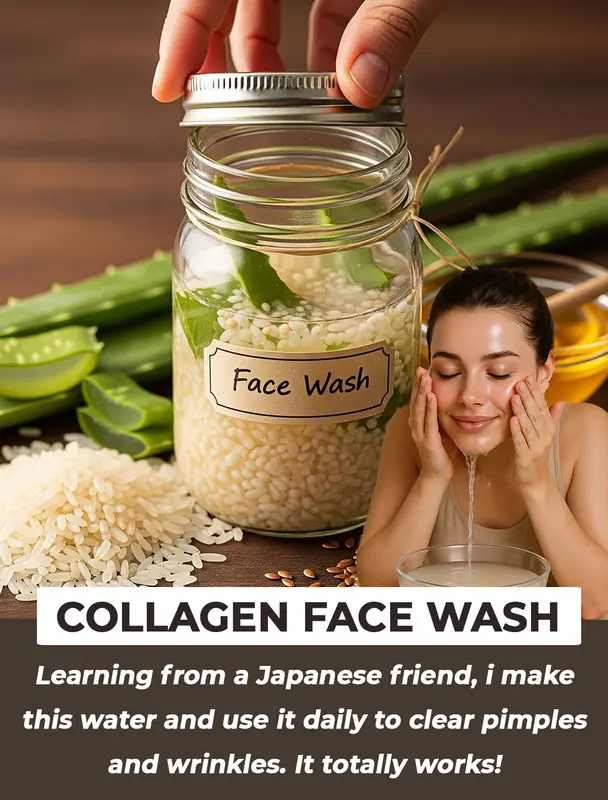
Rice Aloe Face Wash: Japanese DIY For No Wrinkles, Tighten Pores, Clear Skin
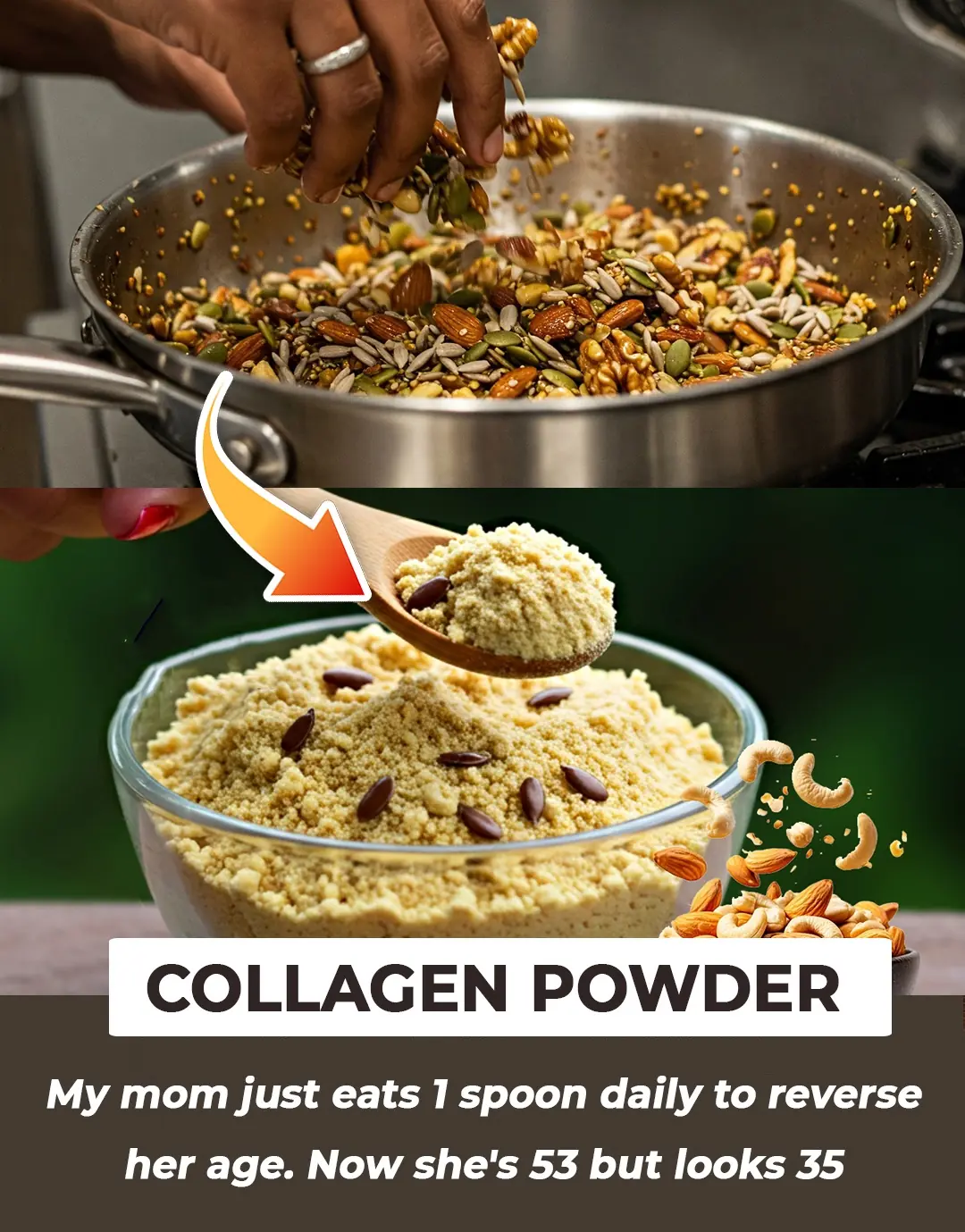
DIY Collagen Powder Recipe for Glowing Skin & Thick Hair
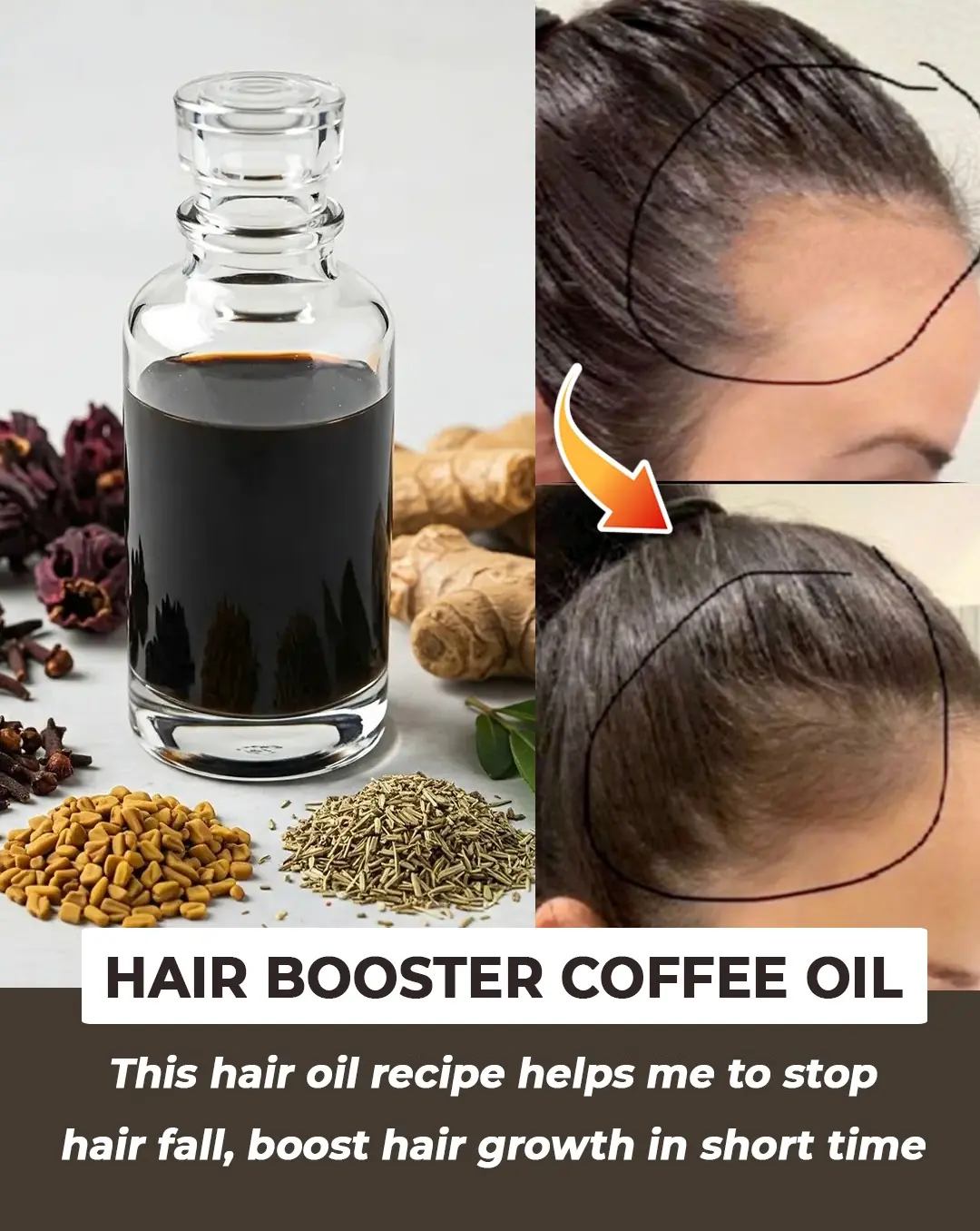
This Hair Oil Recipe Will Stop Hair Fall in Just One Use!

How To Use Onion juice & Onion Hair Oil For Hair Growth: 4 Powerful Ways To Boost Your Locks Naturally
